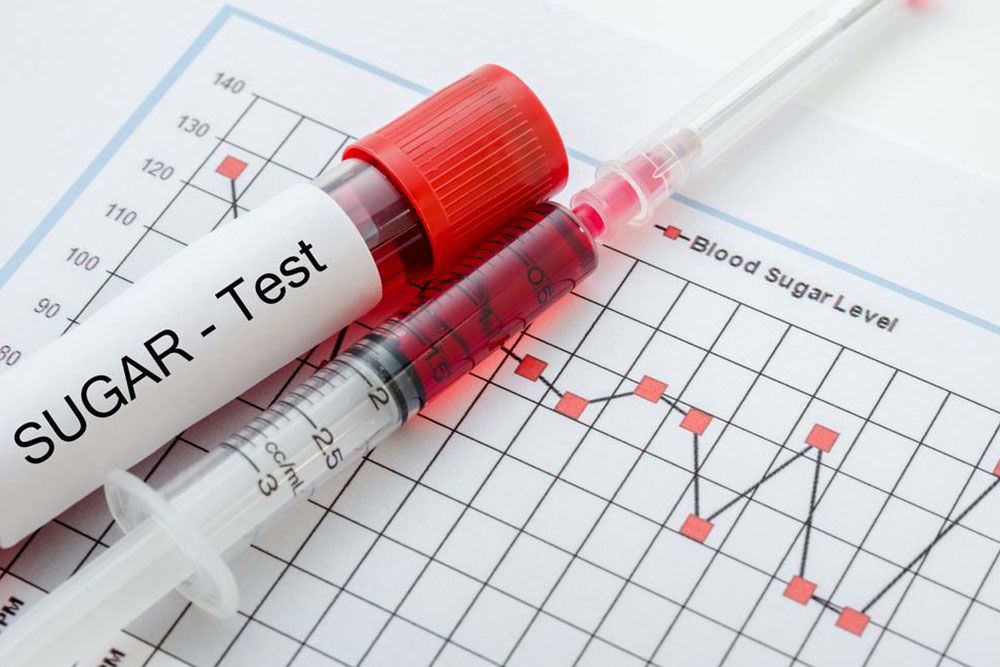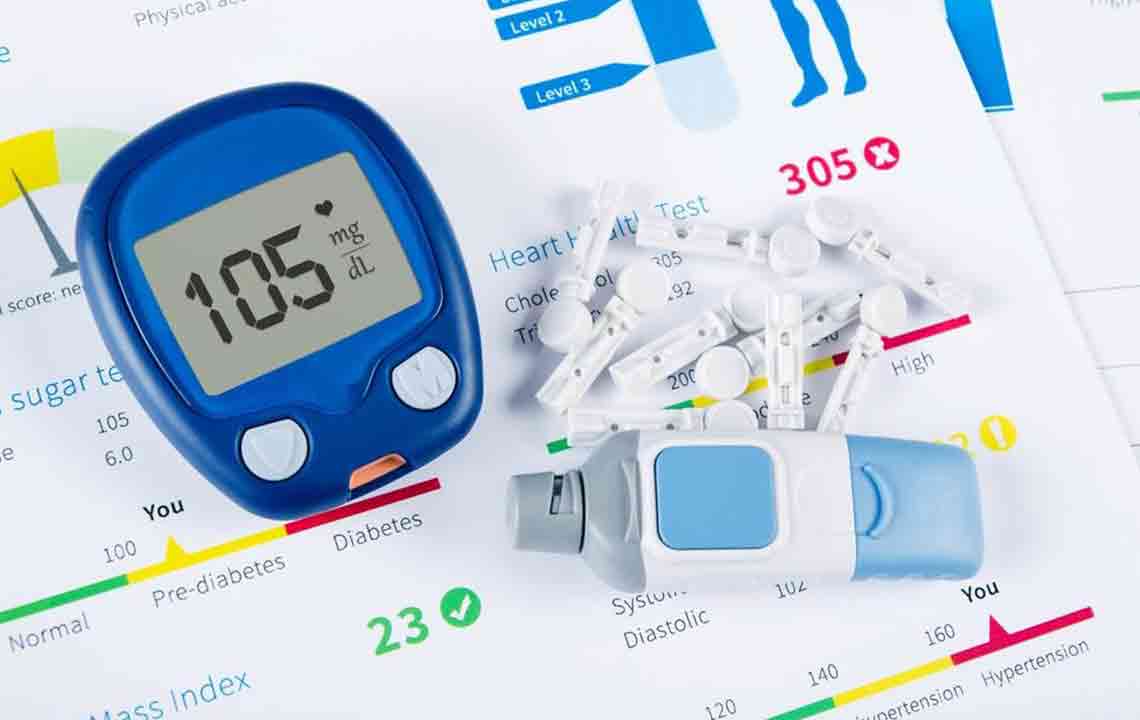Understanding Normal Blood Sugar Levels and Their Significance
Learn about healthy blood sugar ranges, factors affecting levels, symptoms of imbalance, and effective strategies to maintain optimal glucose control. This guide offers practical tips for managing blood sugar through diet, exercise, and lifestyle modifications to prevent diabetes and related health issues.

The hormone insulin, produced by the pancreas, is essential for glucose metabolism, facilitating the movement of sugar into cells. Blood sugar, or glucose concentration, varies among individuals. Elevated blood sugar levels, known as hyperglycemia, can lead to diabetes if persistent, while low levels result in hypoglycemia. Blood sugar readings are typically measured in millimoles per liter (mmol/L) in the US.
Normal Blood Glucose Range The fasting blood sugar is lowest in the morning. For healthy individuals, fasting blood sugar ranges from 3.9 to 5.5 mmol/L. Diabetics often have fasting levels between 4.4 and 7.2 mmol/L. Blood sugar rises post-meal, with acceptable levels reaching up to 7.8 mmol/L in non-diabetics and 10.0 mmol/L in diabetics after two hours of eating. The Hemoglobin A1c test reflects average blood sugar over 2-3 months, with normal levels at 5.7% and diabetic levels at 7.0%.
Factors Influencing Blood Sugar and Symptoms of Imbalance Pancreatic malfunction, genetics, stress, poor diet, illnesses, or infections can cause abnormal blood sugar levels. Symptoms include fatigue, frequent urination, excessive thirst, blurred vision, kidney issues, and reproductive problems. Proper management involves regular exercise, a balanced low-glycemic diet rich in fibers, controlling stress, staying hydrated, and including minerals like chromium and magnesium. Fenugreek seeds are beneficial due to their soluble fiber content.
Note: While our articles offer valuable insights, they should not be regarded as definitive medical advice. Always consult healthcare professionals for personalized diagnosis and treatment options.










